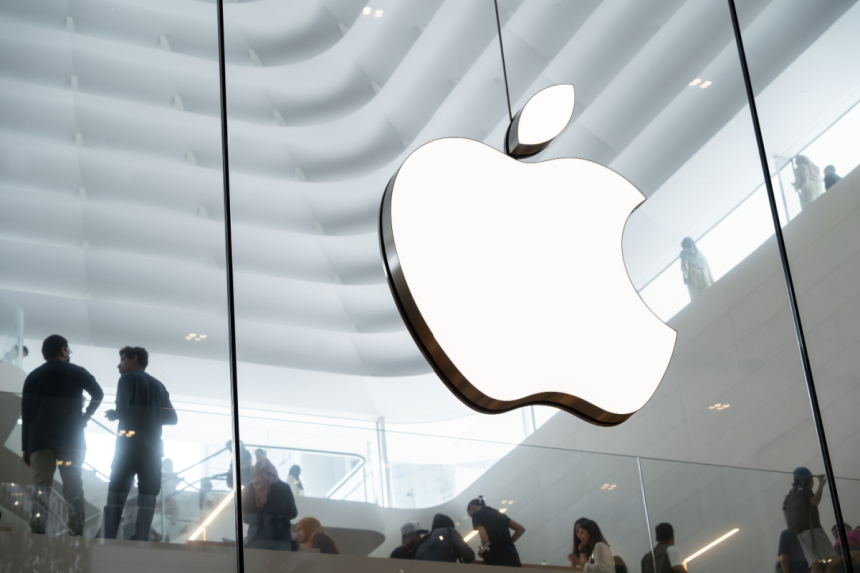Apple has announced that it will hold a major event on September 9 at its Apple Park campus in Cupertino, California. The company is expected to debut the iPhone 17 lineup, new Apple Watches, and potentially other devices. With the tagline “Awe dropping,” the event is widely viewed as Apple’s most important annual showcase, as investors and consumers alike look for signs of innovation in a competitive smartphone market increasingly defined by AI.
Expectations for iPhone 17
Apple is anticipated to reveal multiple iPhone 17 models, including a sleeker “super slim” version likened to the MacBook Air. While thinner, the design may sacrifice battery capacity and camera performance. Bloomberg reports that this redesign aims to reignite consumer excitement at a time when many upgrade only out of necessity. Standard iPhone 17 models are expected to feature updated processors and incremental improvements, while Pro models will continue to offer larger displays, advanced cameras, and titanium construction.
Shifts in iPhone Strategy
Apple’s recent experiments with size variations have seen mixed results. The iPhone Mini was discontinued after just two generations, and analyst Ming-Chi Kuo predicts the larger iPhone Plus model will be retired in 2025 after weak sales. A major design overhaul may help Apple differentiate its devices as competitors introduce foldable phones. Apple is also likely to reinforce its messaging around “Apple Intelligence,” the branding it launched with the iPhone 16, as AI-driven features become a selling point across the industry.
Other Devices and Features
Beyond the iPhone 17, new Apple Watch models are expected, along with potential updates across Apple’s ecosystem. The event also carries symbolic weight after Apple delayed a significant Siri upgrade meant to catch up with AI assistants from Google and OpenAI. With Wall Street closely watching, the announcements will serve as a test of whether Apple can maintain its reputation as a leader in innovation during the AI era.
Trade and Tariff Pressures
The September launch comes as Apple navigates rising costs tied to U.S. tariffs. CEO Tim Cook has projected $1.1 billion in tariff-related expenses this quarter. To mitigate risks, Apple has shifted production of many U.S.-bound iPhones to India, though the country itself faces 50% tariffs on certain imports. Smartphones, however, remain exempt. President Donald Trump has suggested Apple will avoid upcoming 100% tariffs on semiconductors due to its $600 billion commitment to expand U.S. operations and build a domestic chip supply chain.
Apple’s September 9 event marks a pivotal moment for the company, with the iPhone 17 at the center of attention. The combination of a bold design shift, new devices, and the shadow of tariff challenges makes this year’s showcase especially significant. Consumers will weigh whether the changes justify an upgrade, while investors will look for proof that Apple remains a driver of innovation in the age of AI and global trade uncertainty.






